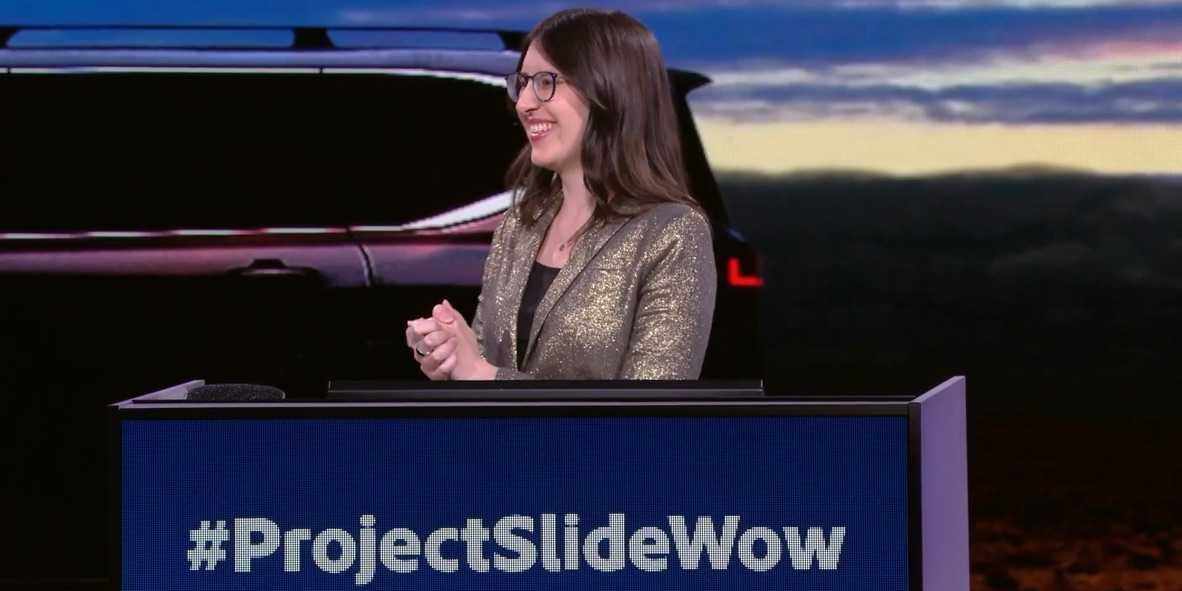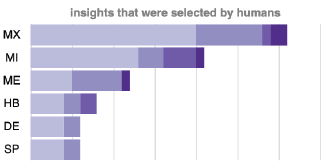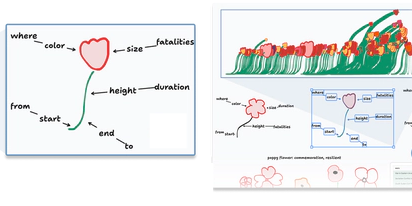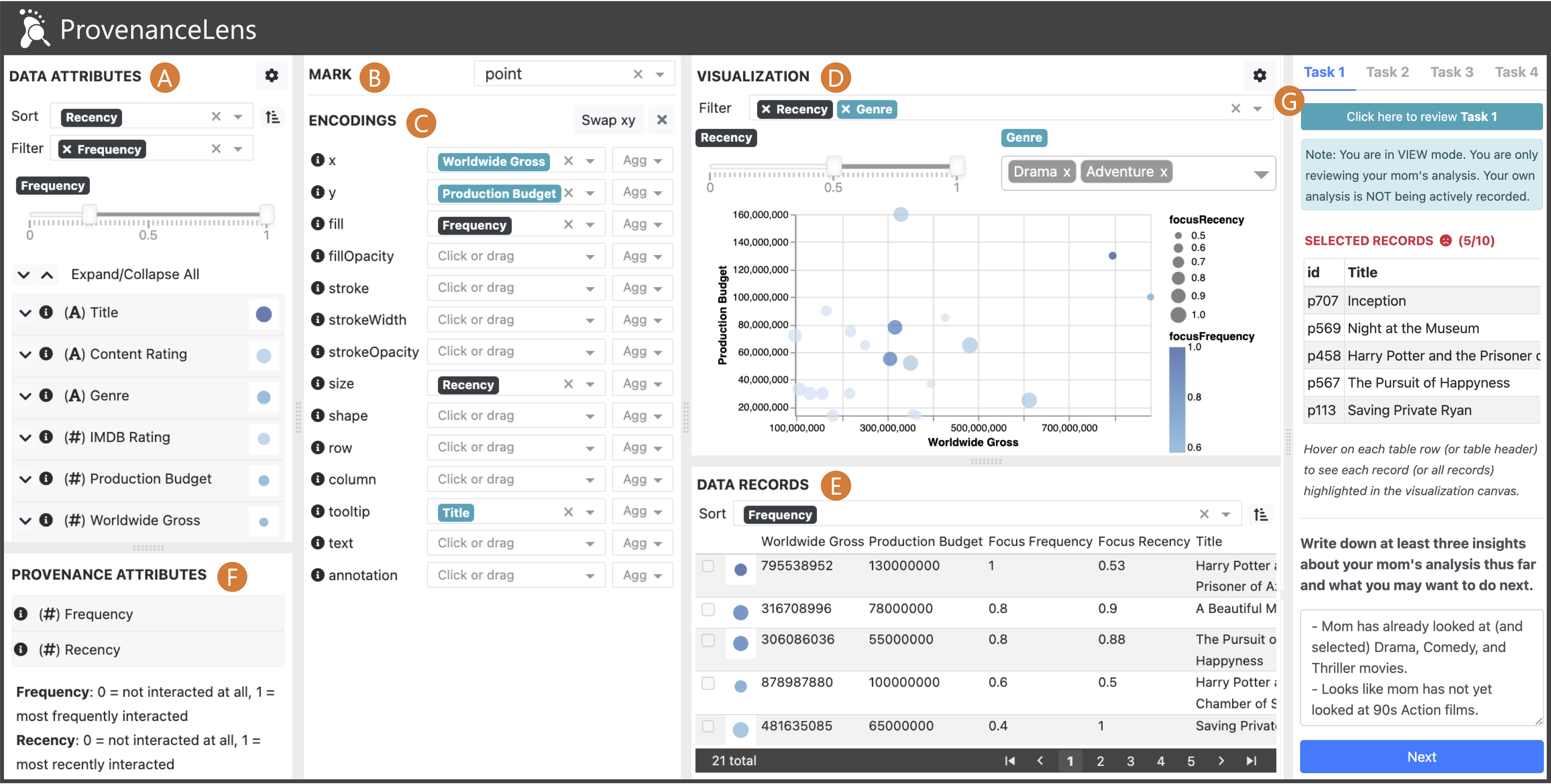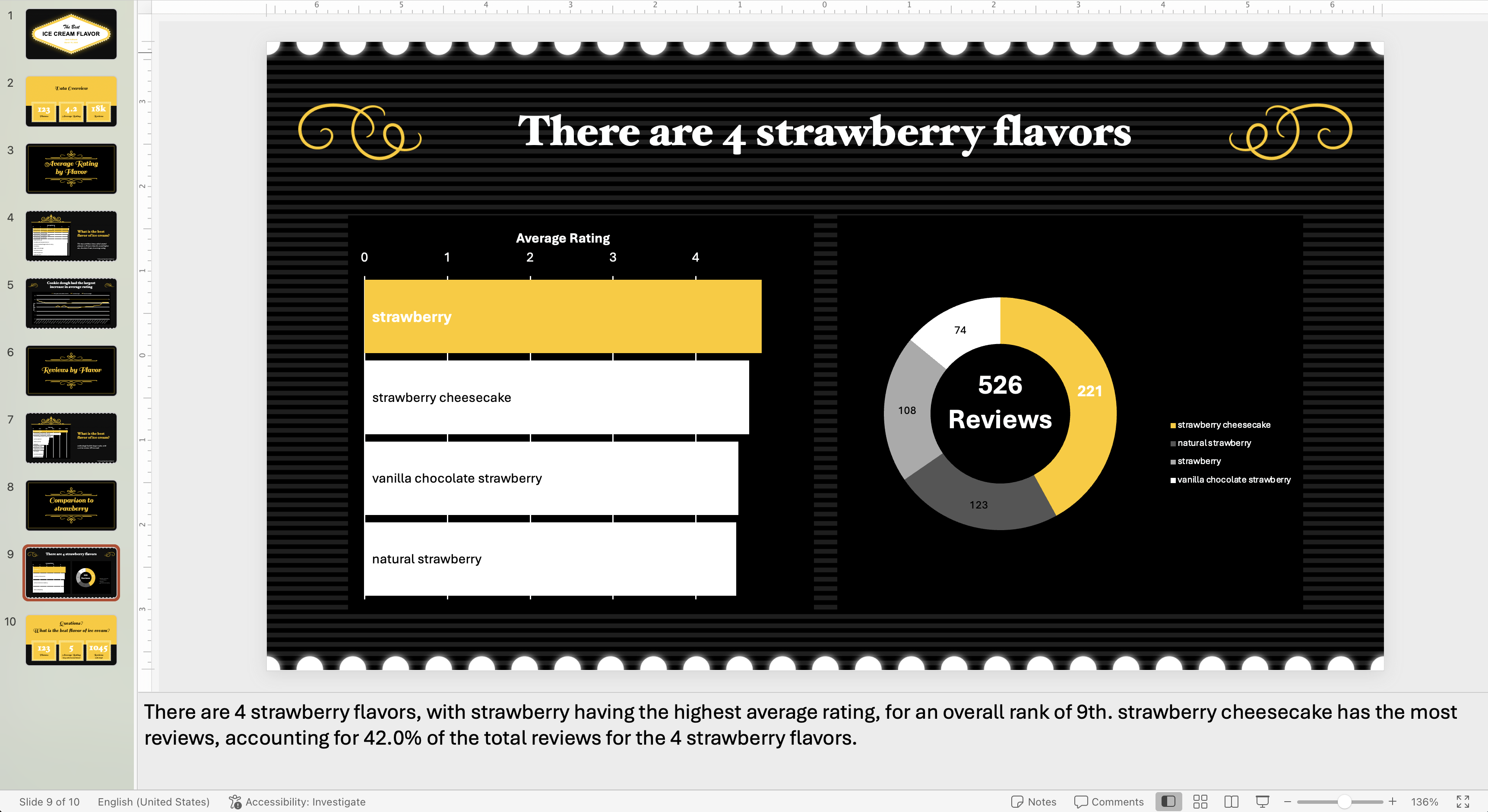
Hello! I am a research scientist at Adobe, where I specialize in visualization, storytelling, and human-computer interaction.
My research threads include data-driven storytelling and natural language insights [Project Slide Wow, VIS 2024, VIS 2024, VIS 2022], exploratory data analysis [EuroVis 2024, VL/HCC 2023], responsive visualization [VIS 2023, CHI 2022, CHI 2020 ], visualizations for program understanding [VISSOFT 2022, CHI 2018, EuroVis 2016], the design of interactive, end-user systems [TVCG 2025, CHI 2019, CSCW 2017], and declarative programming languages [CHI 2022, EuroVis 2018, VIS 2015].
I also enjoy collaborating and working on a variety of different projects, so take a look at my full publication list to learn more!
Hello! I am a research scientist at Adobe, where I specialize in visualization, storytelling, and human-computer interaction. My research threads include data-driven storytelling and natural language insights [Project Slide Wow, VIS 2024, VIS 2024, VIS 2022], exploratory data analysis [EuroVis 2024, VL/HCC 2023], responsive visualization [VIS 2023, CHI 2022, CHI 2020 ], visualizations for program understanding [VISSOFT 2022, CHI 2018, EuroVis 2016], the design of interactive, end-user systems [TVCG 2025, CHI 2019, CSCW 2017], and declarative programming languages [CHI 2022, EuroVis 2018].
I received my PhD in June 2020 from the Paul G. Allen School at the University of Washington, where I worked with Jeffrey Heer as part of the Interactive Data Lab. As a graduate student, I interned for Adobe Research twice [CHI 2019, CHI 2020 ] before joining full time. I was a visiting lecturer for one year at the UW teaching undergraduate visualization courses (CSE442 , CSE412 ❀). I received my Bachelors in Computer Science from Harvey Mudd College in 2014 and my Masters from the University of Washington in 2016. Outside of research, I love to travel and take photographs.
Recent Talks & Publications
(see more)

